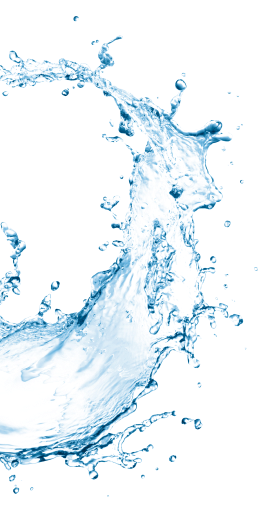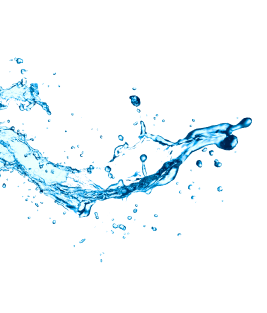
Nitrate in Drinking Water
Nitrate is a compound that naturally occurs and has many human-made sources. Nitrate is in some lakes, rivers, and groundwater in Minnesota. You cannot taste, smell, or see nitrate in water. Consuming too much nitrate can be harmful—especially for babies.
onsuming too much nitrate can affect how blood carries oxygen and can cause methemoglobinemia (also known as blue baby syndrome). Bottle-fed babies under six months old are at the highest risk of getting methemoglobinemia. Methemoglobinemia can cause skin to turn a bluish color and can result in serious illness or death. Other symptoms connected to methemoglobinemia include decreased blood pressure, increased heart rate, headaches, stomach cramps, and vomiting.
The following conditions may also put people at higher risk of developing nitrate-induced methemoglobinemia: anemia, cardiovascular disease, lung disease, sepsis, glucose-6-phosphate-dehydrogenase deficiency, and other metabolic problems.
Only recently has scientific evidence emerged to assess the health impacts of drinking water with high nitrate on adults. A growing body of literature indicates potential associations between nitrate/nitrite exposure and other health effects such as increased heart rate, nausea, headaches, and abdominal cramps. Some studies also suggest an increased risk of cancer, especially gastric cancer, associated with dietary nitrate/nitrite exposure, but there is not yet scientific consensus on this question.
To learn more about nitrate and methemoglobinemia

 English
English العربية
العربية


